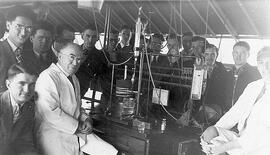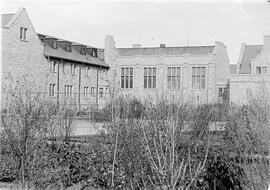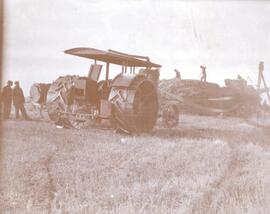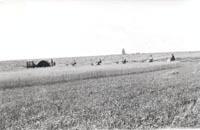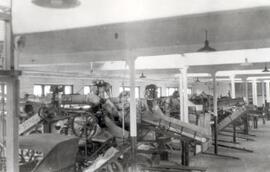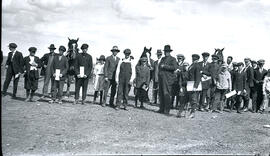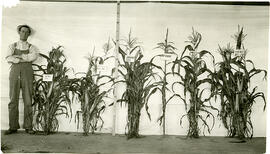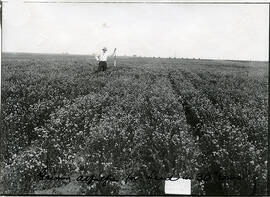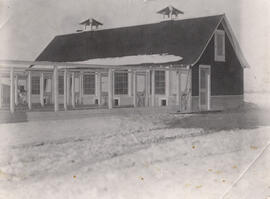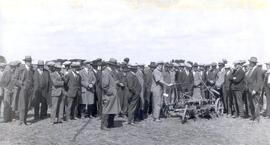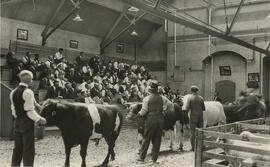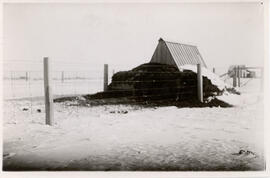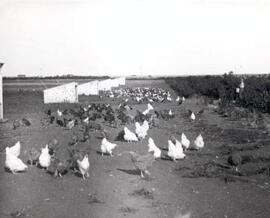- A-6724
- Stuk
- [192-?]
Narrow your results by:
- All
- University of Saskatchewan Photograph Collection, 8878 results
- John G. Diefenbaker fonds, 7999 results
- Biggar Photograph Collection, 3220 results
- Educational Media Access and Production (EMAP) fonds, 2750 results
- Saskatoon StarPhoenix fonds, 2205 results
- Seager Wheeler and Family fonds, 1269 results
- Wanuskewin Heritage Park fonds, 1174 results
- Graphic Arts Printing fonds, 1114 results
- Rosetown General Photograph Collection, 1073 results
- Humboldt General Photograph Collection, 582 results
- All
- University of Saskatchewan, University Archives & Special Collections, 20973 results
- Biggar Museum & Credit Union Gallery Archives, 3220 results
- City of Saskatoon Archives, 2205 results
- Archives of the Humboldt & District Museum & Gallery, 1696 results
- Rosetown Centennial Library Archives, 1528 results
- Indian Head Museum, 1442 results
- Seager Wheeler Farm, 1269 results
- Wanuskewin Heritage Park, 1174 results
- Moose Jaw Public Library, Archives Department, 942 results
- Prince Albert Historical Society - Bill Smiley Archives, 719 results
- All
- Rice, Lewis, 251 results
- F11 Photographic Design, 243 results
- Saskatchewan Anti-Tuberculosis League, 155 results
- Randall Photo Shop (Biggar), 75 results
- Dommasch, Hans Siegfried, 71 results
- Kunkel Collection, 60 results
- Indian Head Rockets (Baseball), 55 results
- Dommasch, Hans S., 41 results
- Glenn Lynn Circle, 38 results
- Kessel, Albert (Jessop Studio), 32 results
- All
- University of Saskatchewan - Administration Building√, 320 results
- University of Saskatchewan - Thorvaldson Building√, 284 results
- Rice, Lewis, 238 results
- Jackson, Howard, 220 results
- Saskatchewan Anti-Tuberculosis League, 219 results
- University of Saskatchewan - Arts Building√, 181 results
- University of Saskatchewan - Engineering Buildings (1912 + 1925)√, 154 results
- Canadian National Railway (CNR), 143 results
- University of Saskatchewan - Murray Memorial Library√, 138 results
- University of Saskatchewan - Geology Building√, 135 results
- All
- Biggar (Sask.), 2269 results
- Rosetown (Sask.), 1386 results
- Indian Head (Sask.), 1094 results
- Prince Albert (Sask.), 757 results
- Moose Jaw (Sask.), 485 results
- Regina (Sask.), 473 results
- Prince Albert (N.W.T.), 325 results
- Yorkton (Sask.), 223 results
- Fort Qu'Appelle (Sask.), 175 results
- Saskatoon (Sask.), 173 results

